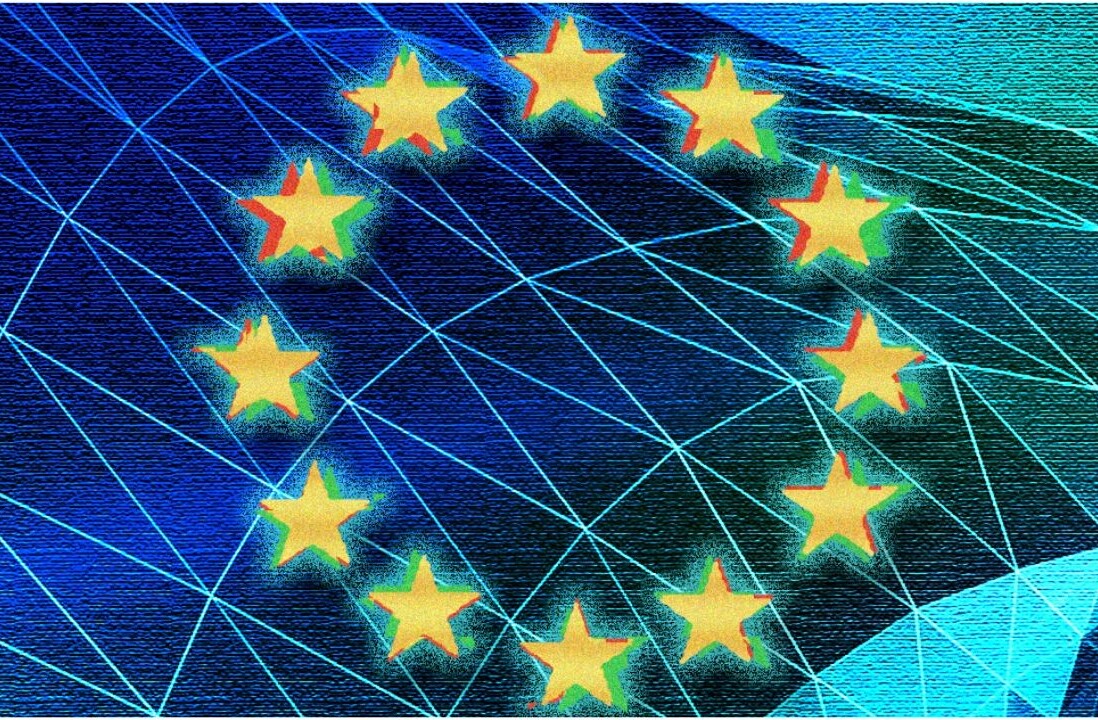
Welcome back to “After the Funding“, the series about key management challenges for startups that have secured funding and now must focus their energy on flawless execution.
Today I will talk about the importance of a product roadmap to create alignment between expanding departments.
Align Business and Technology around a Product Roadmap
Business and technology align easily for early startups. The team is small; business and technology work side by side, often in the same office. There is no standard product to sell and no history of successfully closed deals, so business will want to discuss every deal with technology. And the number of prospects and customers is low so technology will value being involved with many of them to get necessary feedback. All in all, communication lines are direct, there are few opportunities and commitments and hence few challenges to maintain alignment.
As business grows, the sales force will start focusing on volume and there will be pressure to go after prospects that fit the product value proposition poorly. This is especially true when expanding geographically or selling indirectly through partners and resellers. And as technology advances, there will be less and less tacit market knowledge within the expanding development team. Communication will get more complex as more specialized roles such as marketing, support and consulting are created. From now on the company needs to work hard at maintaining focus and avoiding becoming a disoriented “jack of all trades, master of none”.
You will need to introduce a product roadmap to align business and technology. The roadmap will map out product direction over the following six to twelve months. It will help business defining its target market and get an early start at pitching future products and features. It will provide guidance to technology in setting priorities and allocating resources. The roadmap will assure consistent communication which is essential for survival as Steve Johnson explains convincingly by comparing it to NASA’s Capsule Communicator (CAPCOM), the single communication agent between space shuttle and mission control.
After the Funding
In the first post of the series I explained that decision-making needs to be based on long-term strategy. In a rapidly growing company, the owners need to spend time defining a clear and concise strategy while day-to-day decision making shifts to others based on their roles in the company.
And last week I cautioned about the risks of premature expansion of the sales force. Owners must set-up a repeatable sales process first and then expand the sales force.
Next week I will turn to release planning and explain how heartbeat release schedules improve productivity.
More on Product Roadmaps
Here are two good pointers to learn more about product roadmaps:
- The Pragmatic Marketing site with its hundreds of relevant articles is a good starting point. You can also follow their blog, sign up for webinars or subscribe to their newsletter.
- Or read about perspectives on the technical and commercial aspects of software at “Business of Software” – a conference cum blog like TheNextWeb. The conference features Joel Spolsky who I will write about in a future post about creating teams.
Get the TNW newsletter
Get the most important tech news in your inbox each week.




